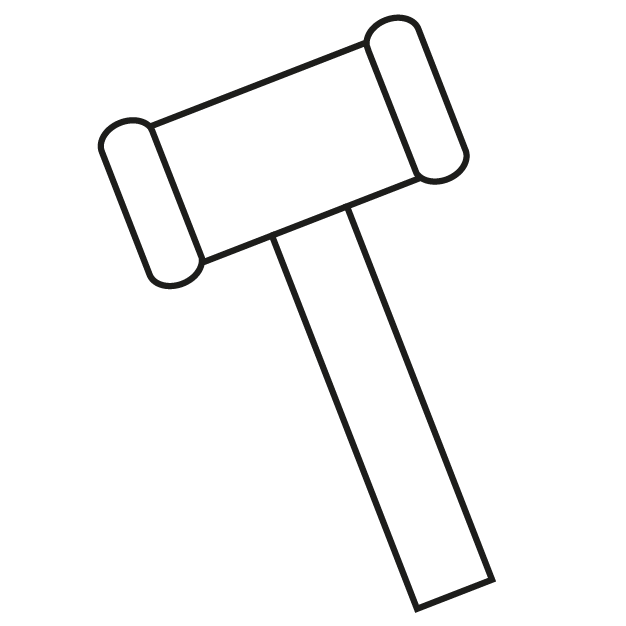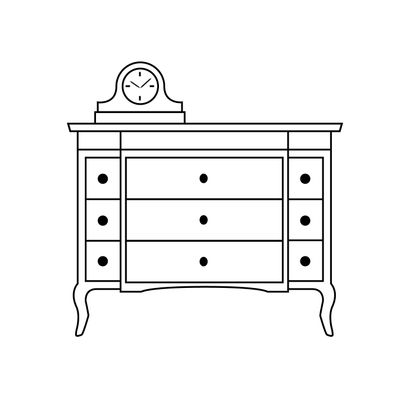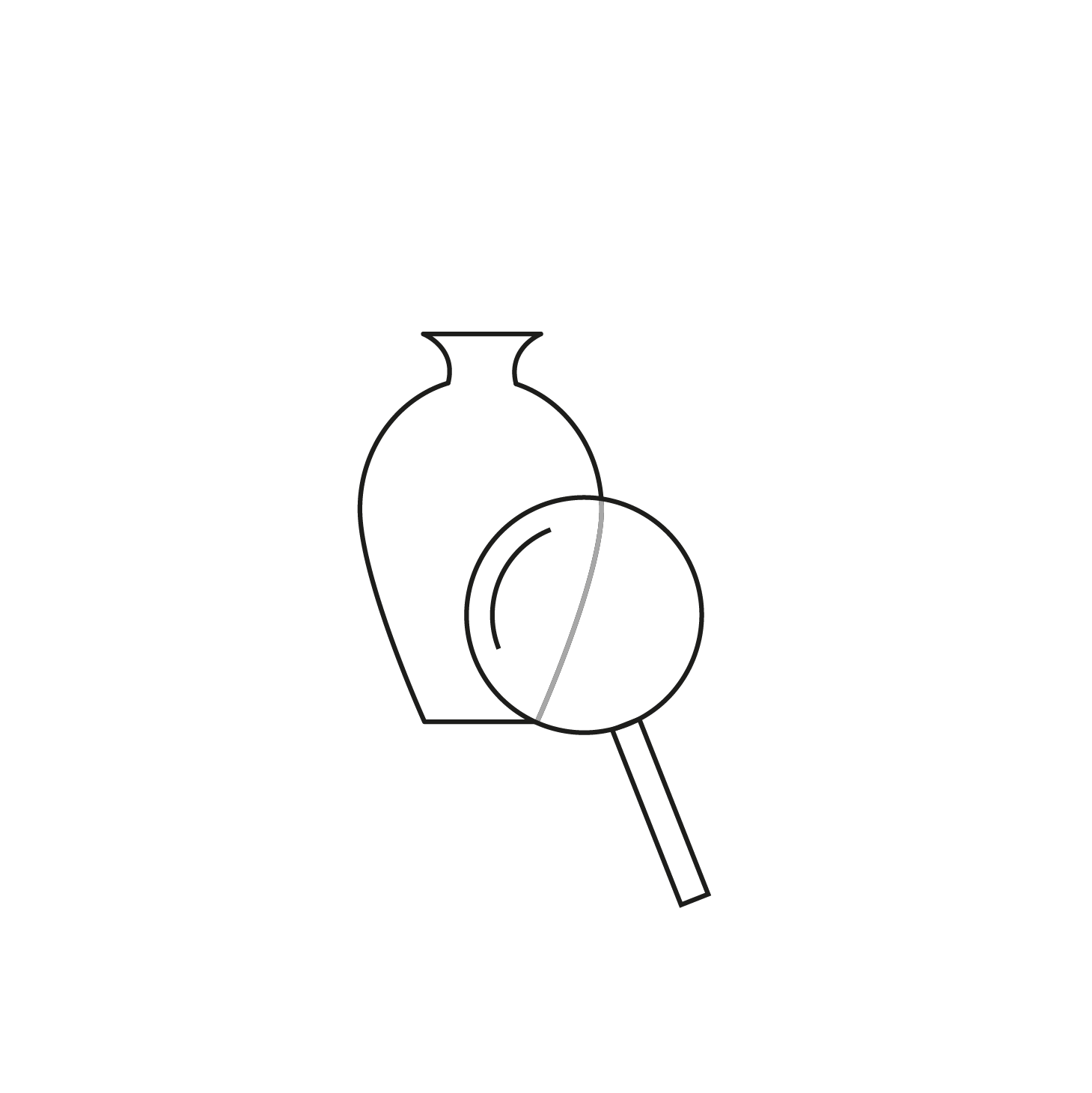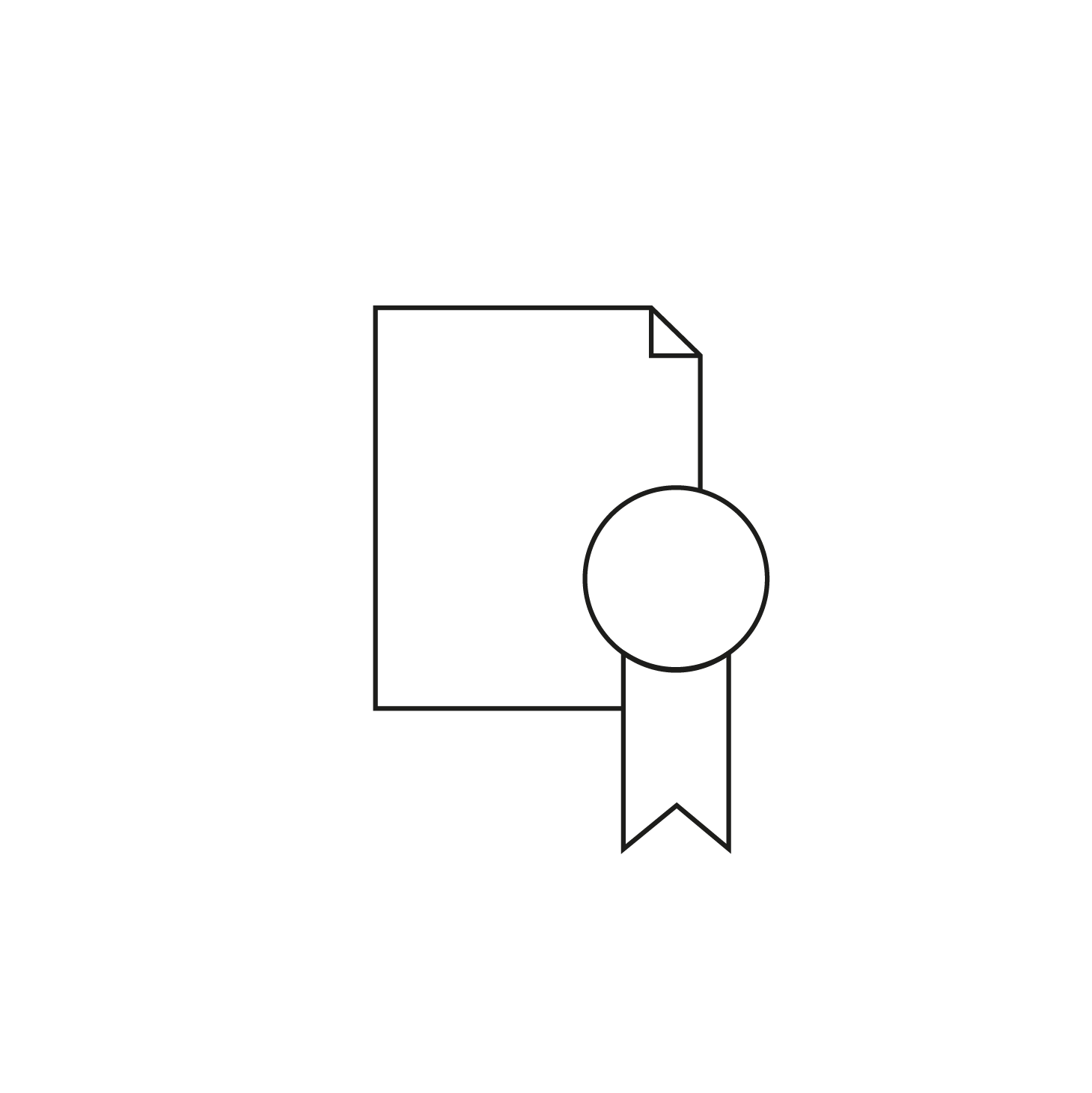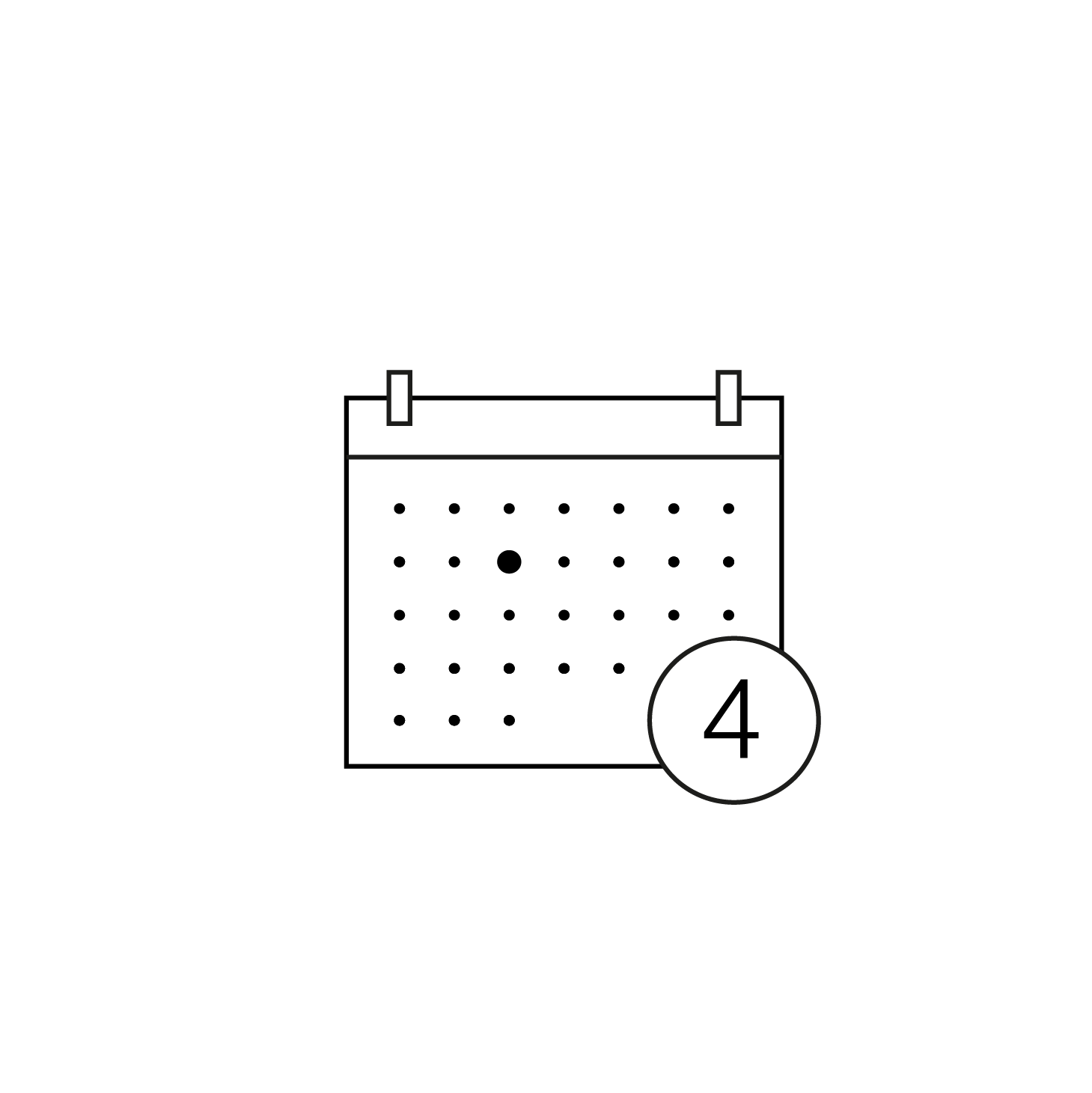Jean-Henri RIESENER (1734-1806):
Apprentice in the workshop of Jean-François Oeben, he married his widow Françoise-Marguerite Vandercruse in 1767. Received as a master in 1768, he will finish the cabinetmaker’s work, before responding to new orders. Thus, some pieces are by both men: the King’s cylinder desk begun by Oeben in 1760 and delivered to Versailles in 1769 is a perfect example.
In 1774, Riesener is appointed ordinary cabinetmaker of the Crown Furniture in replacement of Gilles Joubert. His furniture is at the same time monumental, solid and very structured, its frame is of a perfect execution, the assemblies are precise. They rest on low and sturdy legs. They generally present an inlaid decoration often in latticework as well as a circular or oval central medallion presenting like a miniature painting volatiles, bouquets, trophies? Bronzes of a great quality of chiseling complete the set. At that time, the chest of drawers had a trapezoidal projection in the centre, characteristic of the period. From 1780, the cabinetmaker turns to mahogany and adopts a new style, the bronzes then take less importance on the furniture.
A favourite cabinetmaker of Marie-Antoinette, Riesener worked for the Court, and the highest dignitaries of the kingdom : the daughters of Louis XV, the King’s brothers, Count of Provence and Duke of Artois, the Dukes of Orleans, Penthièvre, de la Rochefoucauld, de Biron… During the first ten years of Louis XVI’s reign, it was a complete success, as orders flooded in, and he delivered nearly 700 pieces of furniture between 1774 and 1784. But from this date on, the king reduces the expenses, and other less expensive cabinetmakers like Guillaume Beneman or Josef Stöckel are preferred.
In the 1785’s, he declines, although he is quickly ousted from royal commissions, he will continue to work for the queen.

